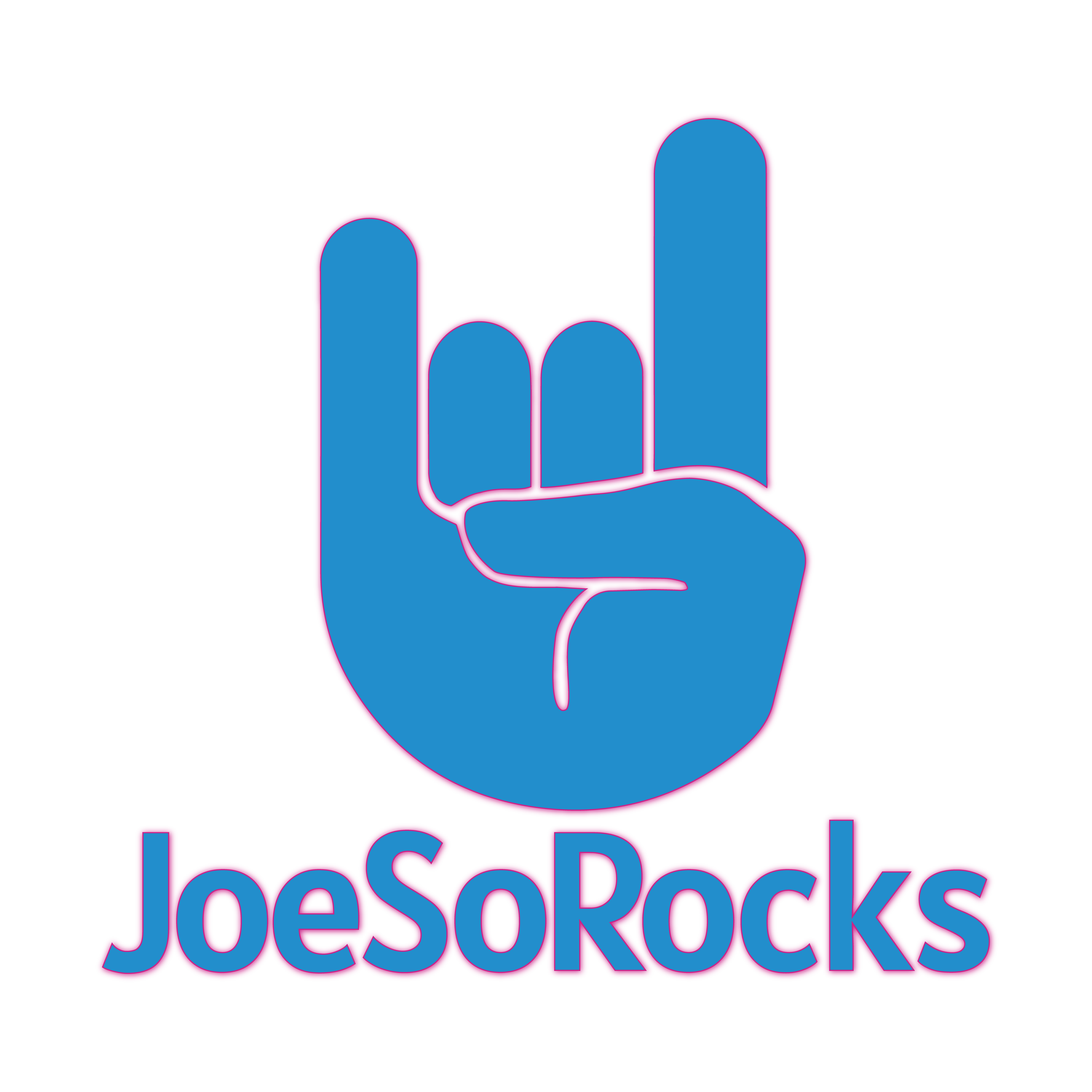Young and carefree, Emily never could have anticipated having a stroke in her twenties. Despite the incredible challenge of surviving such an ordeal, Emily is beating the odds through the support of her sister Bethany and her family. Read about her journey as a survivor and how she’s now supporting and inspiring other survivors!

We’re Emily and Bethany, sisters and co-founders of Like It Or Not Apparel, and we wouldn’t be writing a blog post today if not for Emily’s stroke 2.5 years ago. She is the survivor who inspired this whole adventure, so what better place to start than with her story!
(Written tag-team style with commentary from Emily in quotes. She has aphasia.)
BETHANY: On January 2, 2016, Emily traveled back to grad school in Indiana after spending the holidays with family. She was healthy, kicking-ass in her graduate program and enjoying life at 25 years old. She remembers watching the movie, Top Gun, with a friend that evening when the right side of her face started to feel weird. Her friend had EMS training and recognized that Emily was having a stroke.
EMILY: Basically, I almost died.
BETHANY: Our family gathered within 24 hours. Testing revealed she had experienced a massive hemorrhagic stroke. Her brain was under incredible pressure from the brain bleed and there was no way to know the extent of damage. The prognosis of the first neurosurgeon:
EMILY: Basically, dead. But I showed them!
BETHANY: Fortunately, the second neurosurgeon offered some hope. The choices were: 1) wait and let the brain absorb the bleed. She would most likely have more strokes from the pressure. 2) High-risk, brain-pathway surgery that would relieve pressure on her brain by evacuating blood that had pooled on the left side.
This was an agonizing decision for our family, not to mention shocking and surreal. We’d all had breakfast with Emily less than 48 hours prior at my parents’ house. Suddenly she was unconscious and hooked up to tubes and wires and we were forced to make the monstrous choice between two terrifying (but potentially life-saving) options.
EMILY: Woohoo! (Emily’s sarcasm is intact.)
BETHANY: We opted for the surgery. There was so much unknown at that point. We decided that if we didn’t choose the surgery we would always wonder — and if successful, the surgery would likely have a better outcome than not intervening.
And she survived! Our relief that she made it through surgery grew when we learned they removed almost 80% of the blood that was exerting pressure on her brain.
But then began “life post-stroke.” That season following her survival still held much uncertainty, hope, fear, and stressful conversations with doctors, about medical bills and what life might hold a month, year or decade in the future. (This eventually led to the creation of our brand.)
Within a couple weeks, she was transferred to a rehabilitation hospital where she worked with physical, occupational and speech therapists daily.
By then, she had been diagnosed with expressive aphasia and right-sided weakness. In other words, she was unable to speak or communicate her thoughts or questions and could not move the right side of her body. The first time she sang just a few words of “Happy Birthday” with a speech therapist was an especially big tear-jerker moment, and gallons of tears were being cried in those days.
She was discharged from the rehab hospital a few days before her 26th birthday. With a brace on her right leg, a cane and someone following right behind her, she walked into my parents’ house– something we could hardly have hoped for two months prior.
Emily continues to work incredibly hard in outpatient therapy three days a week and does exercises and “homework” on days when she doesn’t have therapy.
REAL TALK
OK, that last sentence was a cop out. There’s just no easy way to summarize the nearly 2.5 years of therapy, steps forward and backward and feelings of frustration, pain, anger and numbness, to name a few.

EMILY: Yep.
BETHANY: If you’re familiar with the life of a survivor, you get it. You know that this is where it really gets difficult. You’re out of crisis mode — at least enough to get through the day-to-day, but your life is completely different, and neither you or the people supporting you quite feel equipped to put the pieces back, or how they even fit together.
Which, in a roundabout way, brings us to today. Last fall we created a space for those also on some part of this path: Like It Or Not Apparel. (www.likeitornotapparel.com)
Trying to acknowledge the reality of rebuilding your life as a survivor– whether you survived injury, illness or something that doesn’t quite fit in a neat category. Like it or not, here we are.
To continue to follow Emily’s journey, follow her and her sister Bethany at @likeitornotapparel on Instagram and check out their website at www.likeitornotapparel.com. Connect with more stroke and brain injury survivors on the YouSoRock Facebook Support Group at https://www.facebook.com/groups/yousorock.


Recent Comments